Summer of culture in Austurland
It’s not just the midnight sun, the warmer temperatures, and the opportunity to get outside and immerse ourselves in the great outdoors. Summer is also the season for festivals and cultural events!
When kids are free from school and adults are in vacation mode, we like to have reasons to gather with friends and family. Those reasons might include music, art, food, and all the museums and cultural centers that are in full swing over summer.
Read on to learn about the cultural highlights that Austurland will celebrate in the coming months. That’s in addition to all the stunning hiking trails, puffin colonies, photogenic canyons, roaring waterfalls, and all the other natural highs we offer.
There are plenty of reasons to travel east over the summer! We promise to give you a warm welcome.
Summer festivals
Put these dates in your calendar.
June 20 – Summer solstice
The longest day of the year. On this date, Egilsstaðir’s sunrise is at 1:46am; sunset is more than 22 hours later at 12:11am. Even when the sun has set (for all of two hours), it sits just below the horizon and delivers plenty of natural light. You can check out sunrise and sunset times, and length of days, for Egilsstaðir and any destination online at timeanddate.com.
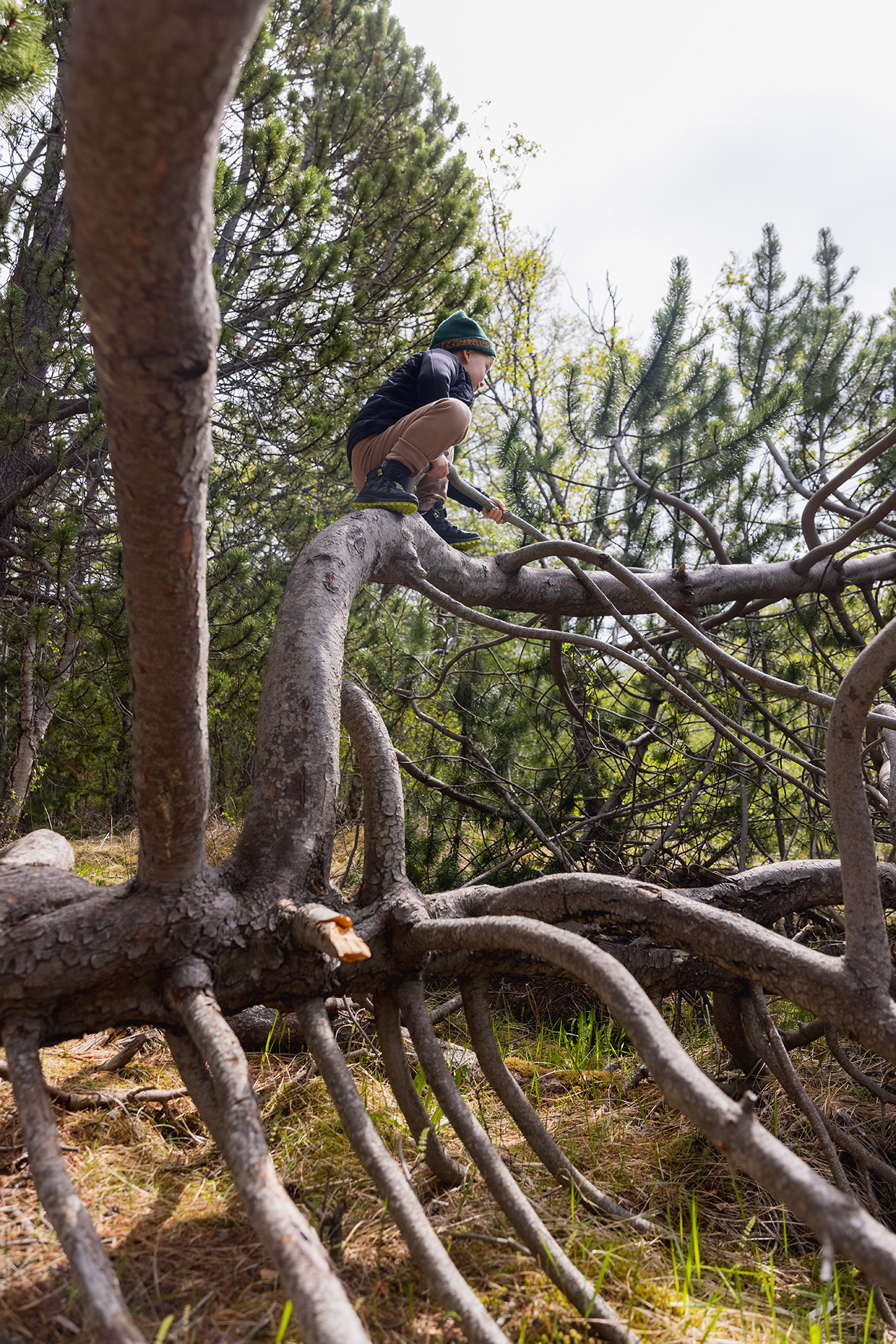
Hallormsstaðaskógur. Photo: Gunnar Freyr Gunnarsson | @icelandic_explorer
June 22 – Great Forest Day at Hallormsstaðaskógur
A day to celebrate Iceland’s largest forest, Hallormsstaðaskógur. It’s lakeside by Lagarfljót and the event includes plenty of family activities, including a Forest Marathon and a shorter family-friendly run. Other highlights include the national woodchopping championship, a barbecue, and music and dancing.
June 15 - July 20 – Innsævi
This biennial arts and culture festival is in its third iteration in 2024. It has a rich, month-long program across the Fjarðabyggð region (which takes in Breiðdalsvík north to Mjóifjörður). It features more then 30 events, including art exhibitions, concerts, street theatre, DJ events, and more.
July 12-14 – Vopnaskak
Vopnafjörður’s summer festival is a weekend of family fun and community activity, with events including a swimming pool party, concerts, music, sports events, and open days at Bustarfell Museum.
July 15-21 – LungA in Seyðisfjörður
LungA art festival was first held in 2000, and over the years it’s grown in stature and reputation while retaining its intimacy, creativity, and awesome atmosphere. Sadly, the 25th edition of the festival will be its swansong. While you still can, check out the workshops, events, exhibitions, and concerts in a beautiful setting, and farewell this beloved event.
July 24-28 – French Days in Fáskrúðsfjörður
From the latter part of the 19th century until 1935, Fáskrúðsfjörður was the main hub for French fishermen working off Iceland’s east coast. Today the town’s heritage is celebrated, with village road signs in French, a unique museum showcasing the era, and a French-themed festival every July.
July 27 – Bræðslan in Borgarfjörður eystri
Borgarfjörður eystri is home to this beloved music festival, a hit with Icelanders who head east for a night of great music and a real country-town gathering. During the week leading up to the festival, there’s a concert series at the town’s community center and bar, Fjarðarborg.
August 1-4 – Neistaflug
Neskaupstaður’s family festival Neistaflug (the name translates as ‘Flying Sparks’) throws a party over the August long weekend and everyone is welcome, especially for its 30th birthday in 2024. Music plays a big role, naturally.
Concerts aplenty
Aside from the music that highlights much of the summer festivals, there are some concert series to check out:
The Blue Church Concert Series in Seyðisfjörður is held each Wednesday evening from in July (July 3 to 31). It’s a perfect way to appreciate one of the beautiful landmarks of this fjord, and there’s a diverse schedule that embraces folk bands, fusion, classical and more, with international performers too.
The Cultural Center of Fjarðabyggð is based in Neskaupstaður and has some summer concerts planned, featuring well-known Icelandic artists,
In Eskifjörður, Tónlistarmiðstöð Austurlands (or Austurland‘s music center) also has some treats in their calendar. Events are held in the Eskifjörður church.
The best advice: ask around when you arrive in town (at your accommodation, at local cafes etc), and check out Facebook pages for events. You never know what you might stumble across!
Cultural centers and exhibitions
It’s always worth investigating what the local cultural centers are planning when you’re in town. It could be anything from art exhibitions to concerts, theater performances, and often great food and atmosphere. The Facebook pages of such centers are a great source of up-to-date information.
Langabúð in Djúpivogur
Langabúð is the oldest building in Djúpivogur, dating from 1790. Today it’s the cornerstone of the local community - home to sculptures, a heritage museum, and a sweet café. It hosts a menu of events all year round, from concerts to quiz nights.

The Arctic Creatures. Skaftfell art centre´s summer exhibition. Photo: Pari Stave.
Skaftfell Art Center in Seyðisfjörður
Skaftfell's summer exhibition is The Seas’ Blue Yonder, from June 21 to September 27. It’s created by artists Bryndís Snæbjörnsdóttir and Mark Wilson, whose work explores the intricate and environmentally telling relationships between humans and other animals.
In this exhibition, Bryndís and Mark ask who are the whales that visit the Icelandic seas each summer, and what is the relationship between humans and whales, historically and present-day.

Skaftfell Bistro. Photo: Michael Novotny.
While you’re in Seyðisfjörður, downstairs from the art center is Skaftfell Bistro, a cozy artistic restaurant and bar serving seasonal bistro cuisine. Over summer, you’ll often find live music or a DJ here as the night wears on.
Skriðuklaustur in Fljótsdalur
Always worth a trip, Skriðuklaustur is home to a uniquely photogenic building; a museum dedicated to the former owner, writer Gunnar Gunnarsson (1889-1975); the ruins of a 16th-century monastery; exhibitions and events; a great play area for kids; and a renowned café serving a buffet of local flavors and delicious cakes.
Sláturhúsið in Egilsstaðir
The Center for Art and Culture in Fljotsdalsherad (MMF) has its headquarters in Sláturhúsið (the Slaughterhouse). Here, the artists are inspired every day to create, share, teach, excite and perform for their community. Although performing arts are the main focus, there are regular art exhibitions.
The summer highlight is RASK , which brings together photographer Agnieszka Sosnowsla and poet Ingunn Snædal as they investigate the development and erosion of land. Eastern Iceland is their home, past and future – a world they depict in images and words.
Check out what’s happening at Tehúsið, a neighbor of Sláturhúsið. Not just a hostel, it’s also a friendly café-bar and concert venue.
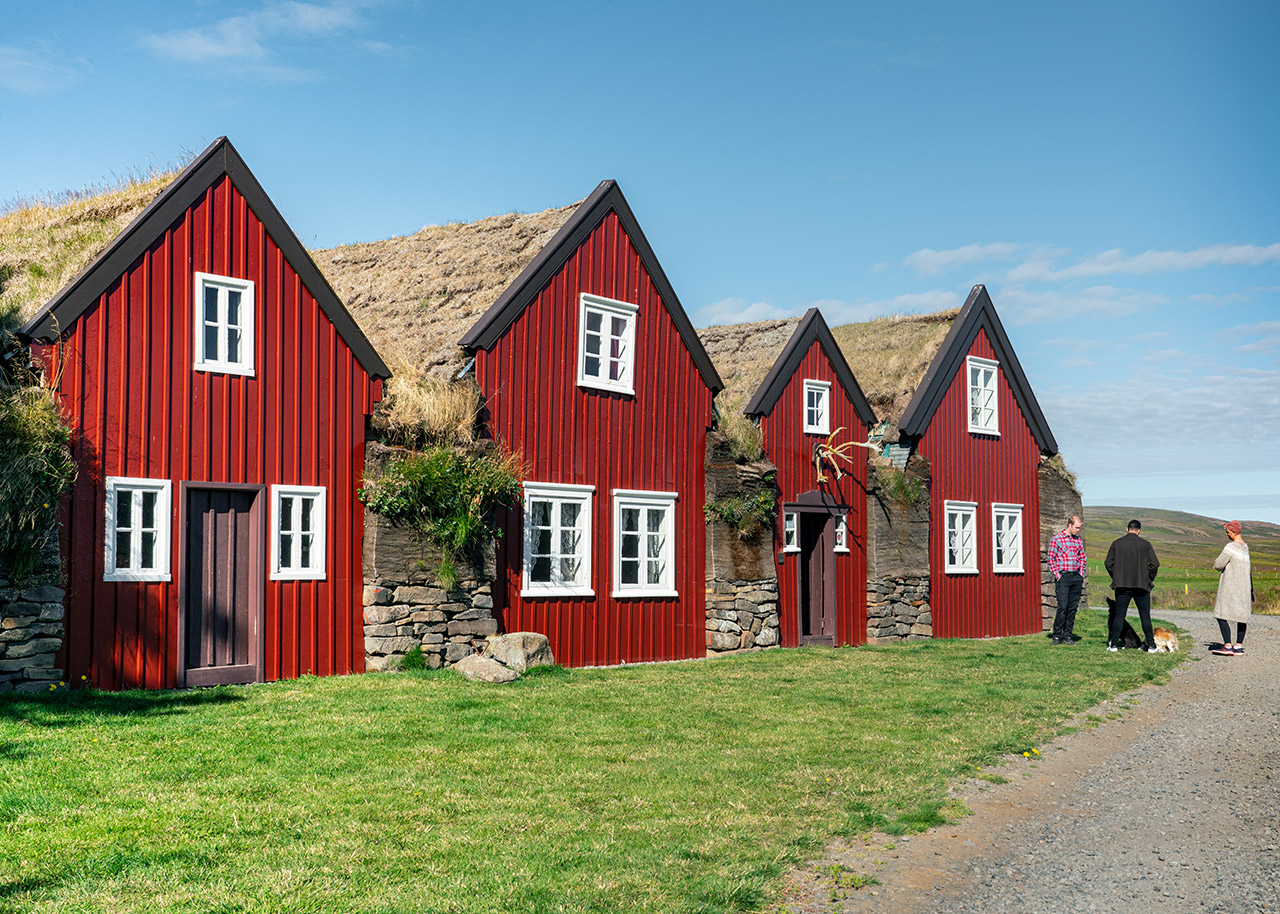
Bustarfell. Photo: Jessica Auer
Museums and collections
Austurland’s museums showcase the history and nature of the area, together with the creative output of people who have found inspiration here.
You can uncover maritime legends and trading souvenirs, hear stories of local characters and unique wildlife that resides here, and encounter beautiful geological finds.
Here’s a sample of worthy pitstops. These places will give you a better understanding of what makes Austurland tick, and often delve into what was unique here in years gone by.
Bustarfell near Vopnafjörður – Inside the photogenic farmhouses of Bustarfell is a great folk museum where you can learn about Iceland’s path to modernization.
East Iceland Heritage Museum in Egilsstaðir – Two permanent exhibitions are here: one details the history of reindeer in the region, and the other has storytelling around an old rural household.
The French Museum in Fáskrúðsfjörður – Unearth the fascinating history of French fishermen based in East Iceland.
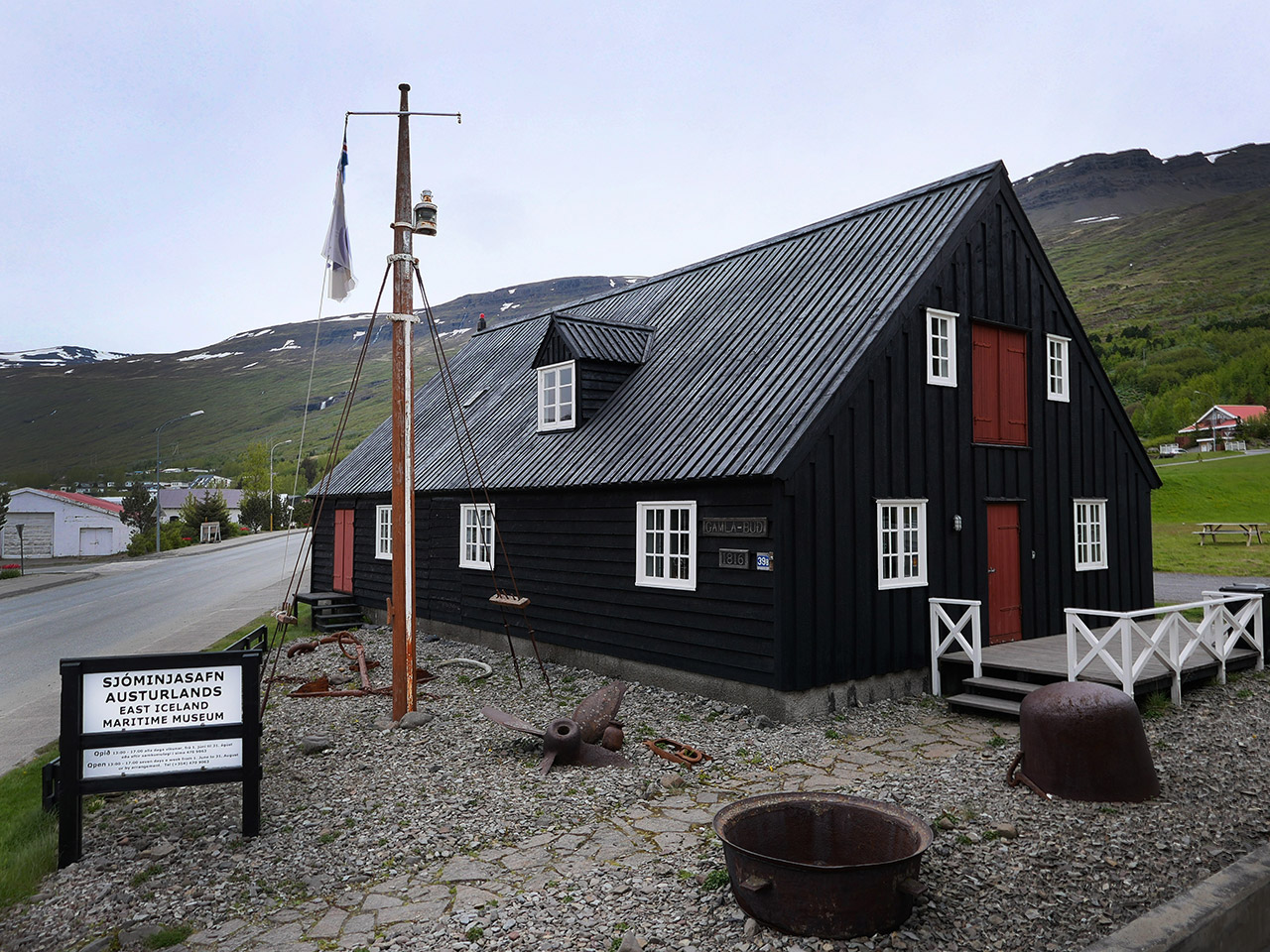
The Maritime museum. Photo: Pétur Sörensson
Maritime Museum in Eskifjörður – Boats have long been vital to life in Iceland, for fishing, trade, and more. Visit the maritime museum to learn more about the region’s close ties to the sea.
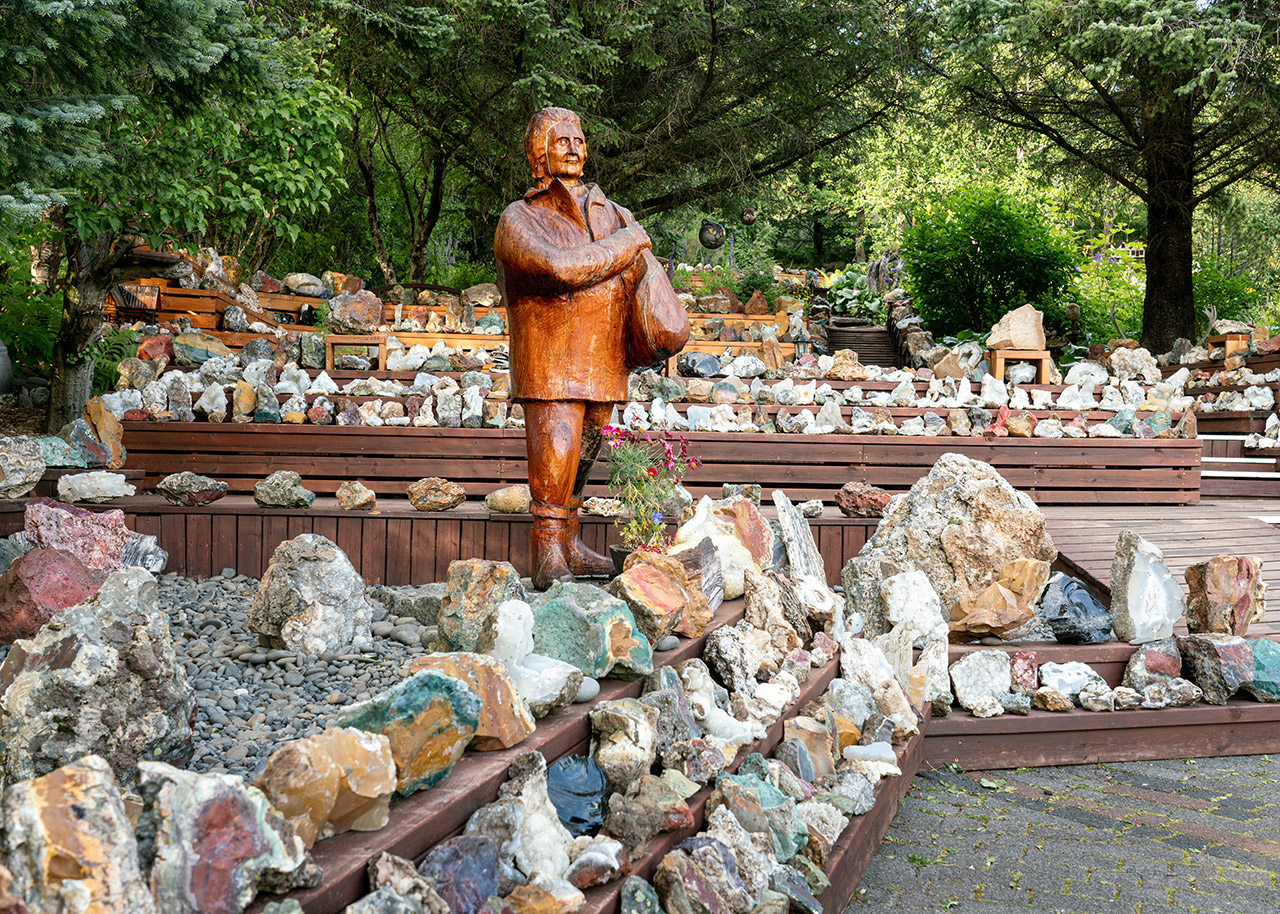
Petra´s stone collection. Photo: Jessica Auer
Petra’s Stone Collection in Stöðvarfjörður – Admire a glittering collection of geological gems amassed by one remarkable local woman.
Safnahúsið in Norðfjörður – Stop by the town’s three-in-one museum that houses a natural history collection, a maritime exhibit, and the modernist artworks of local painter Tryggvi Ólafsson.
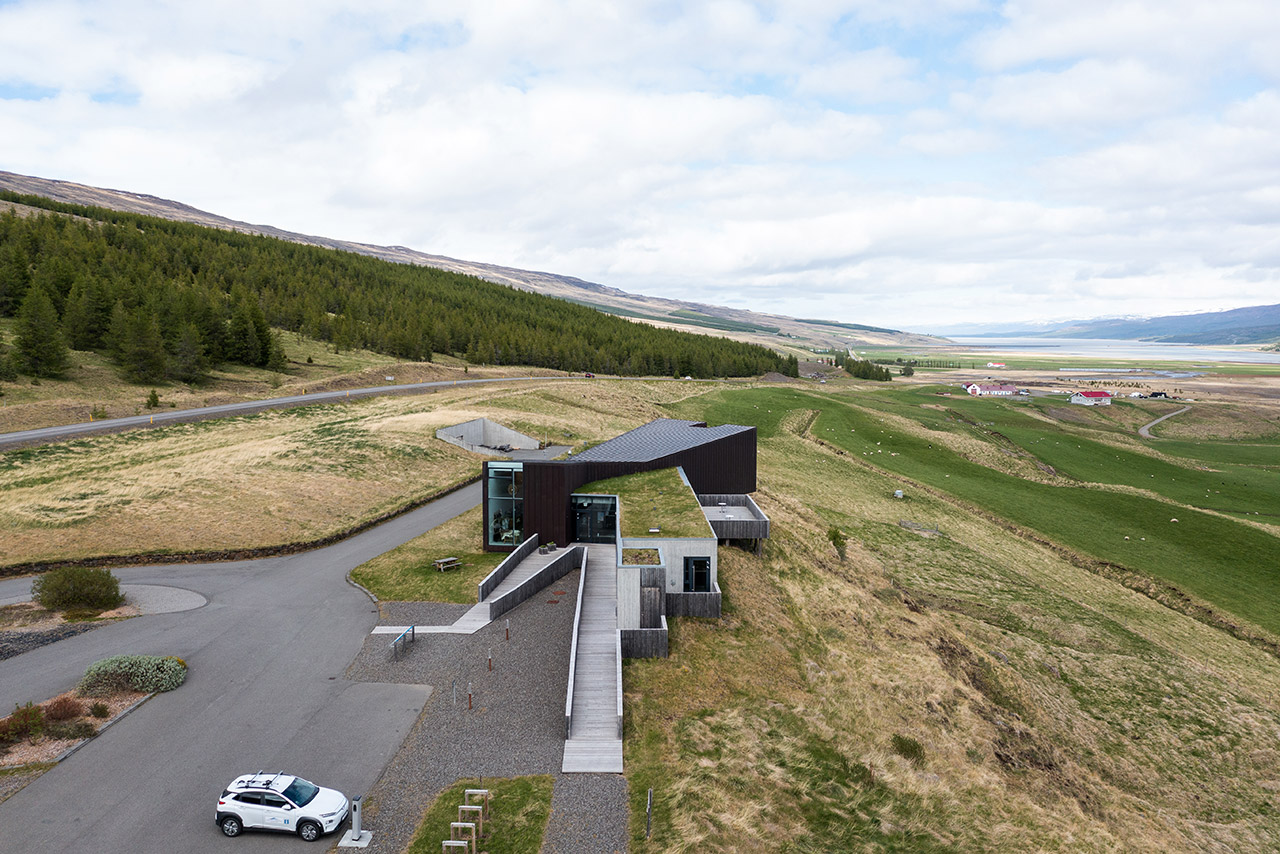
Snæfellsstofa Visitor centre. Photo: Gunnar Freyr Gunnarsson | @icelandic_explorer
Snæfellsstofa Visitor Centre – This is the information center for the eastern territory of the huge, remarkable Vatnajökull National Park. There are excellent displays covering the park’s flora and fauna.
Technical Museum in Seyðisfjörður – This museum is bouncing back after damage caused by recent landslides. There’s an exhibition in and around the old workshop entitled ‘Búðareyri: stories of transformation’, proudly sharing local stories and innovation.
Wilderness Center in Norðurdalur – Deep in a picturesque valley is this unique farm where you can visit (or stay overnight) and try out plenty of activities. Enjoy a hands-on experience of Icelandic history and hear the stories of Icelanders at the edge of the highlands.
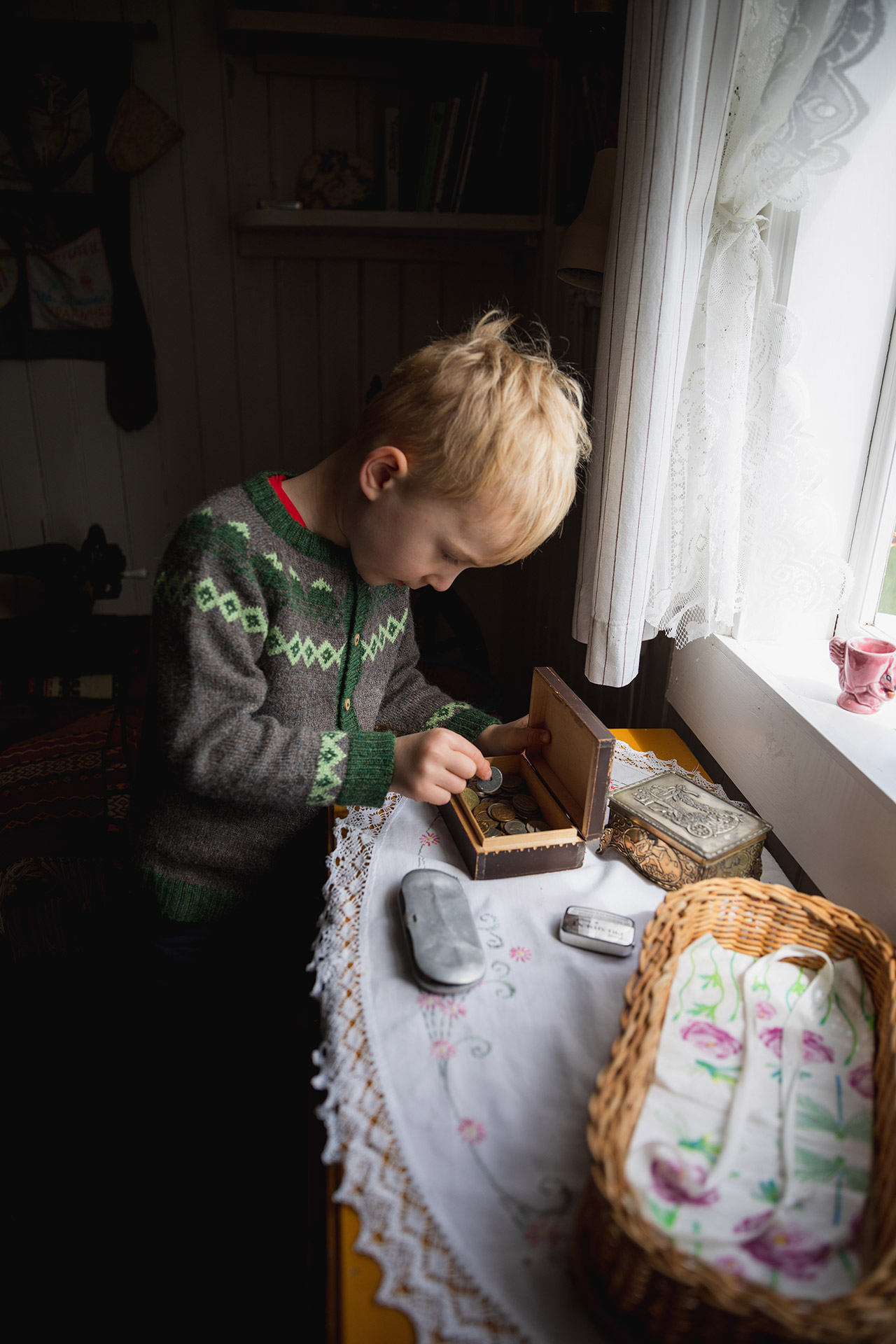
Hallormsstaðaskógur. Photo: Gunnar Freyr Gunnarsson | @icelandic_explorer
More insights into the past
Lindarbakki in Borgarfjörður eystri – This small turf house dates from 1899, although most of what you see was built in the 1930s. Lindarbakki is a photogenic favorite for the grass growing on its roof and red exterior walls, plus the cozy interior that gives visitors the opportunity to step into a different era.
Randulffssjóhús (Randulff’s Seahouse) in Eskifjörður – Charming fishing sheds line Eskifjörður’s shoreline, and most of them are still in use. In summer, Randulff’s opens as a restaurant and museum. Visit for fresh fish dishes plus an atmospheric step back in time.
Sænautasel – For a rustic slice of old Iceland, detour to this farm for pancakes and coffee in the turf buildings, or lakeside camping amid serene nature. It’s on road F907, but if you’re driving from the north, the road is usually passable in summer in regular vehicles (it’s 4.3km / 2 miles from the turn-off).
For information about interesting events and happenings, explore our event calendar.
Words: Carolyn Bain

